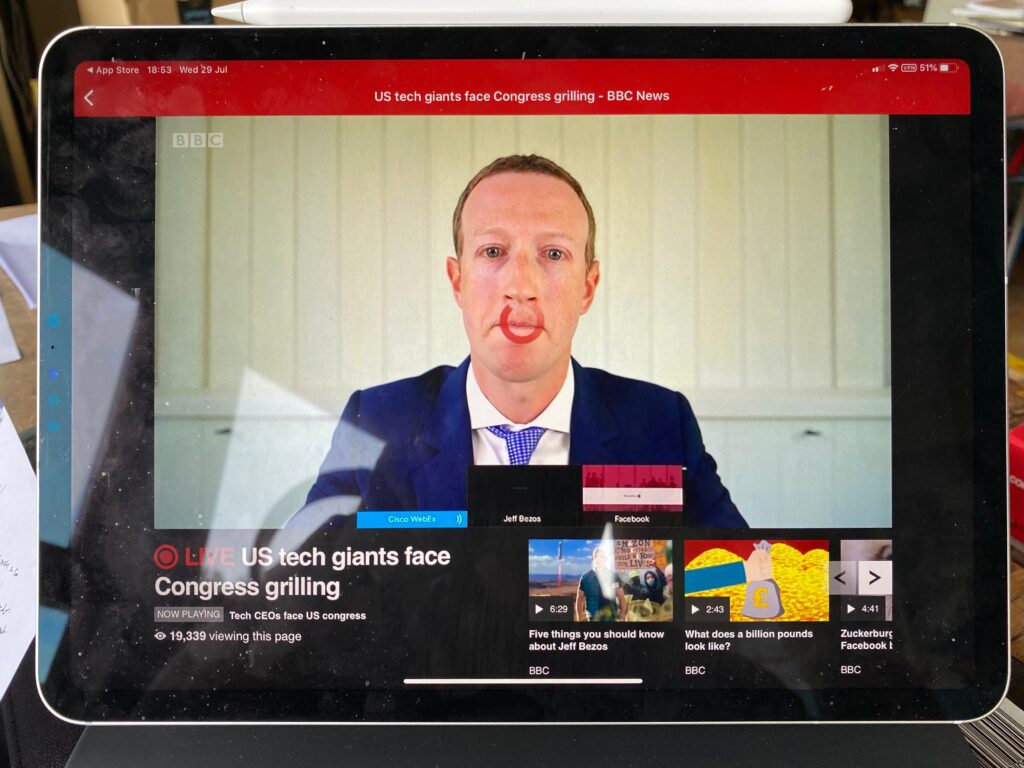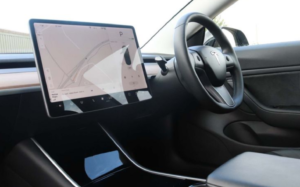Quote of the Day
Why is flying so bad? Because it takes a lot of energy to lift a metal bucket full of people and suitcases into the air. Go figure: a Boeing 747 burns more than 190 tons of kerosene for an average long-haul flight. With 410 people on board, that’s four bathtubs per passenger. Burning that fuel emits 530 tons of CO₂. That’s nearly 2.5 times the weight of the plane, all deposited in the atmosphere.
Today’s musical alternative to Radio 4’s ‘Today’ programme
The lark in the morning: Cillian Vallely (pipes) and Alan Murray (guitar). About 9 minutes.
Uileann Pipes are my favourite musical instrument. Played well, they have a haunting beauty which can be sometimes exhilarating and sometimes elegiac. They are also ferociously difficult to play — the word ‘Uileann’ means ‘elbow’ in Irish, a reference to the way the musician inflates the bellows.
I love this comment below the video:
I can hardly guess what the guy who once invented the uilleann pipes was thinking… “Hmm let´s see: We have a chanter you have to use both hands to play it. We have that left elbow pumping the bellows, the right elbow to control the bag pressure to switch chanter octaves. The right knee to place the chanter on, where you have to (of course) occasionally lift it up from. So, how could I make this instrument any more difficult to play? Oh I know! Let´s invent some extra pipes you have to play with your right wrist and make them nearly impossible to keep in tune!” xD What a diabolic genius!
The Panopticon is already here
After George W. Bush’s “Axis of Evil” here comes the Axis of Autocracy. Ross Anderson has an interesting essay on how Xi Jinping is using artificial intelligence to enhance his government’s totalitarian control—and exporting this technology to regimes around the globe.
Despite China’s considerable strides, industry analysts expect America to retain its current AI lead for another decade at least. But this is cold comfort: China is already developing powerful new surveillance tools, and exporting them to dozens of the world’s actual and would-be autocracies. Over the next few years, those technologies will be refined and integrated into all-encompassing surveillance systems that dictators can plug and play.
The emergence of an AI-powered authoritarian bloc led by China could warp the geopolitics of this century. It could prevent billions of people, across large swaths of the globe, from ever securing any measure of political freedom. And whatever the pretensions of American policy makers, only China’s citizens can stop it. I’d come to Beijing to look for some sign that they might.
This is a long, long read (7,500 words). But worth it if you have the time. Some of it is horrifying — especially the section on the persecution of the Uighur people. But it also makes one think about the future. It’s too simplistic to write off Western hostility to and suspicion of China as just hegemonic anxiety about having the world dominated not by the US, but by a new superpower. In the US, the threat of being overtaken and outclassed in AI and related technologies is regularly used by tech companies as the rationale for keeping them unregulated at home.
And there’s the deep irony that both superpowers are in the process of building surveillance states of unimaginable intrusiveness. The difference is that in China this is all controlled by the state, whereas in the West it’s happening via a strange amalgam of loosely regulated (or unregulated) tech companies and the connivance of the state which needs them to complement its own surveillance capabilities. So in the end, it all comes down to whether one believes (as Ross Anderson does) that in China the chances of this being stopped are essentially zero, whereas in the West (and the US) there’s some chance of the technology being regulated and brough under some kind of public control. Talk about a choice between evils.
Tom Loosemore on crappy website design
Tom Loosemore is the nearest thing the UK has to a guru on digital transformation of government services. In 2010 he founded the UK’s Government Digital Service (GDS), and served as its deputy director for five years. And he led the project to create GOV.UK, the single website for UK Government, which has now received over 3 billion visits, and won the UK’s top design award in 2013. His blog is a source of insightful commentary on design issues.
I’ve just come on an example:
One sign that your website isn’t meeting the needs of all your users is when Matthew Somerville gets sufficiently grumpy about it to do a proper version himself.
Today Matthew released his own version of the UK Government’s official coronavirus data dashboard, which last week received a shiny revamp.
A shiny revamp that only worked after a bloated pile of client side javascript had been dumped in your browser (nearly a Mb of React).
A shiny revamp that didn’t initially publish the raw data, and when it did, broke any automated links to the actual data by rendering them via javascript. I imagine the data journalists doing great coronavirus work at the likes of the FT were thrilled.
Just to make the point forcefully, Matthew posted a little video showing the performance of the ‘official’ version alongside the performance of his rewritten version.
You get the message?
Lovely stuff.
Kathleen MacMahon on the Irish women writers who were ignored at home but feted abroad
Wonderful essay. Samples:
Mary Lavin, or Grandmother (never Granny or Nana or, God forbid, Gran), made her name as a world-class short story writer from the unlikely setting of the Abbey Farm, near Navan, County Meath. The mother of three small children, she was widowed as a young woman, becoming a single mother and lone farmer in one fell swoop. While the male writers of her generation worked out of sight in holy sanctity, Grandmother took up a table in Bewley’s cafe on Grafton Street and wrote there until my mother and aunts joined her from school. In the evenings, the men gathered in the pubs around Baggot Street, while Grandmother cooked spaghetti bolognese and held court at her mews in nearby Lad Lane. If she broke the mould, it was for the simple reason that there was no other way for her to write and meet her peers. She had young children at home. Needs must.
And
Female writers, no less today than in my grandmother’s day, must find a way of working amid all this noise, and they do. Anne Lamott famously said that, before she had a child, she couldn’t write if there were dishes in the sink – but afterwards she could write if there was a corpse in the sink.
Unmissable.
This blog is also available as a daily email. If you think this might suit you better, why not subscribe? One email a day, delivered to your inbox at 7am UK time. It’s free, and there’s a one-click unsubscribe if your decide that your inbox is full enough already!











